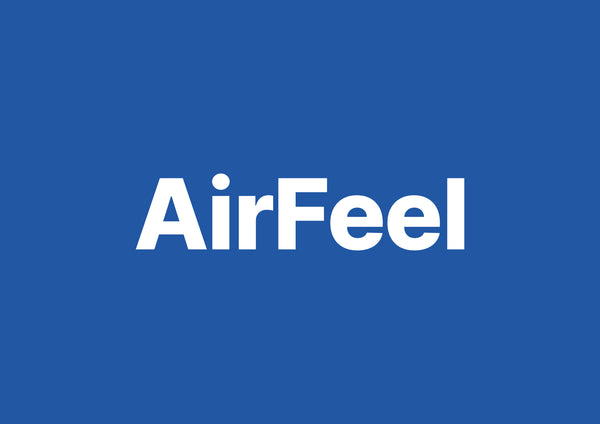RV SETUP CHECKLIST: DON’T SKIP THESE 5 STEPS
Share
Whether you’re a weekend warrior or embracing full-time RV life, getting your campsite set up the right way can make or break your entire stay. Skip a step, and you could end up with a tilted rig, weak water pressure—or worse, a stifling hot cabin. Here are five key steps you should never skip when setting up your RV.

1. Level Your RV
Leveling your RV is not just about comfort—it protects your fridge, plumbing, and sleep schedule. An uneven rig can lead to water pooling in places it shouldn't, mess with your appliances, and even throw off your sense of balance. Use leveling blocks or an automatic leveling system before extending your slides or jacks.
Pro Tip: Always check side-to-side leveling first, then front-to-back.
2. Connect Power
Before plugging in, inspect your power pedestal. Look for signs of damage or scorching and always use a surge protector to guard against voltage spikes. Once checked, connect your shore power cable and verify your rig is receiving a stable flow using your onboard system or power monitor.
Must-have gear: Surge protector, power adapter (30A/50A), and gloves.
3. Hook Up Water
Connect your potable water hose to the campground spigot using a pressure regulator and water filter for safety. Flush the hose briefly before connecting to avoid debris or stagnant water. Don’t forget a sewer-safe backflow valve if you’re also hooking up gray/black tanks.
Pro Tip: Use a Y-connector if you want to run a second hose for cleaning or rinsing gear.
4. Deploy Stabilizers
Stabilizing jacks reduce shake and wobble, especially when walking around your RV. They don’t level, but they add much-needed steadiness. Manual stabilizers should be deployed on solid ground using jack pads or wood blocks.
Tip: Never use stabilizers to lift your rig—they’re for stability, not weight support.
5. Install or Replace Your Air Filter
Most RVers overlook this one. Your AC air filter plays a big role in comfort and health, especially in dusty or humid climates. Swap out that thin mesh screen for a triple-stage filter to block dust, pollen, pet hair, and even cooking odors. Clean air = better sleep, better cooling, and fewer headaches.
Bonus: Change filters at the start of each season or after a long trip.
Final Thoughts
These five steps may sound simple, but skipping any of them can lead to frustration—or worse, equipment failure. With a smooth setup process, your RV becomes the cozy, functional home-on-wheels you want it to be.
